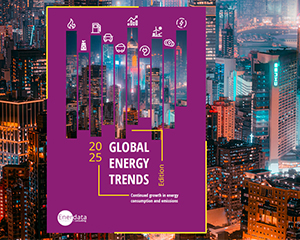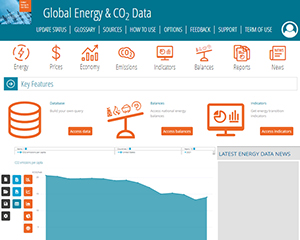Average CO2 emission factor
The global carbon factor is still in 2024 close to its 2010 level, further away from the 2°C pathway.
38%
Vietnam’s carbon factor has increased by 38% since 2010 and is now 40% above the global average.
The global carbon factor is still in 2024 close to its 2010 level, further away from the 2°C pathway.
The global carbon factor (CO2 emissions/primary energy consumption) remained flat in 2024 (only -1%). It has almost not decreased since 2010 (-5%), since fossil fuels still cover most of the global energy mix. This trend remains insufficient to reach the 2°C pathway that would require a much faster reduction (over 3%/year).
In 2024, the carbon factor decreased in the largest energy consumers, namely China (-1%), the USA (-1%), Europe (-3%), Brazil (-2%), and South Korea (-5%). However, it only dipped by less than 1% in Russia, Japan, and Canada and remained broadly stable in India, Australia and Saudi Arabia. It even increased in some coal-intensive countries such as Indonesia (+2%) or South Africa (+5%), and in Mexico (+2%).
Breakdown by country (tCO2/toe)
World
Trend over 1990 - 2024 - tCO2/toe
Our 2025 edition of Global Energy Trends presents insights on essential energy data.
We have contextualised these findings against long-term climate targets :
- Which must accelerate their efforts to meet 2050 targets?
- What are the underlying drivers explaining why Europe is struggling to achieve the Paris Agreement objectives?
- Which regions are making substantial contributions to climate mitigation?
Need more data? All the information presented in this energy data tool are extracted from Global Energy & CO2 Data service, the most comprehensive and up-to-date database on all CO2 emissions from fuel combustion by sector and sources, industrial process, waste, but also on CH4, N2O, PFC, SF6 emissions. Detailed indicators are available by country and by sector.
Discover this service


